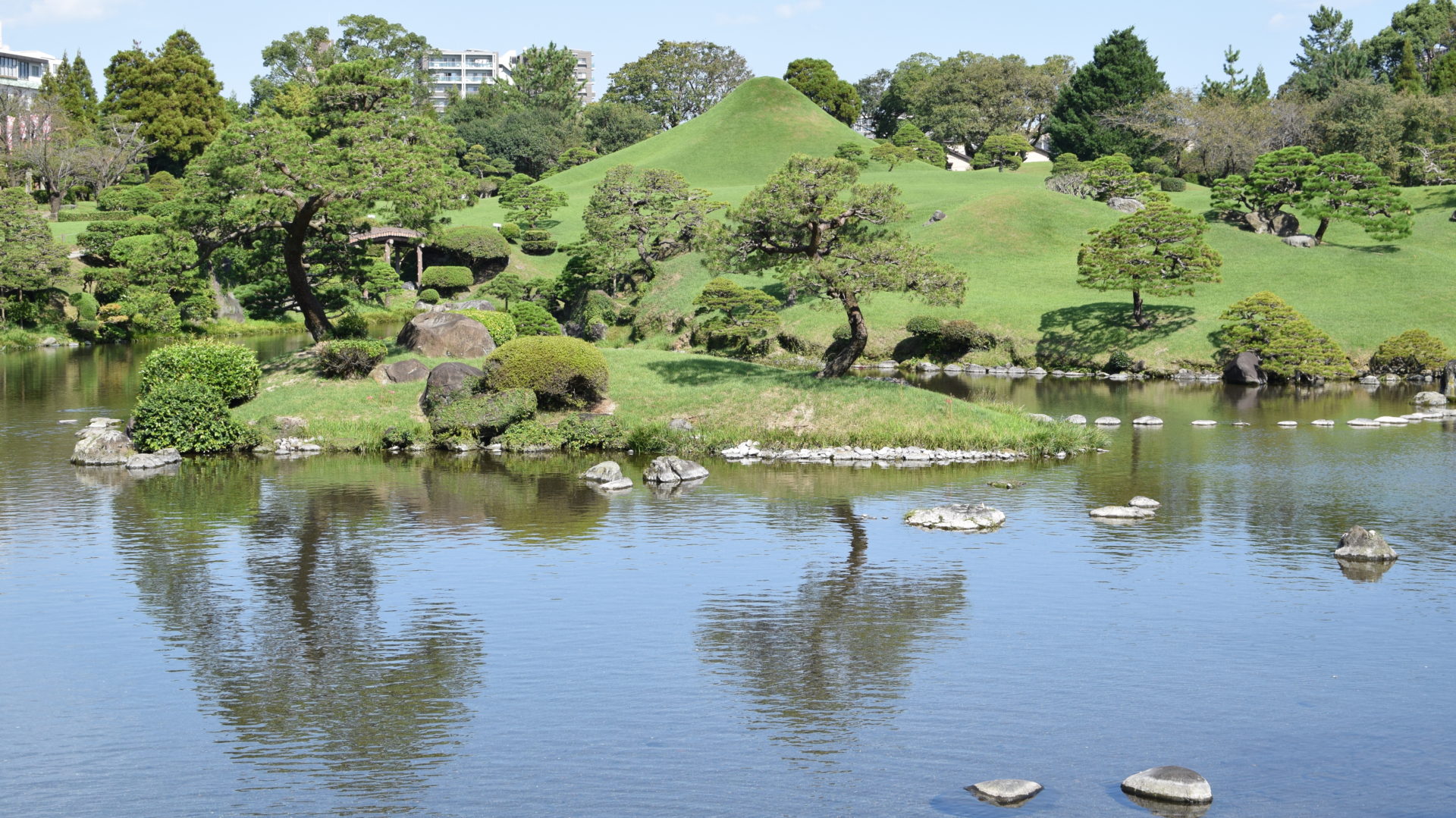Last stop of this five day journey was Iwate. After delicious seafood in Hokkaido, apple blossoms in Aomori, I had one more mission to seek out a golden temple. But first, noodles.


From Hirosaki, I took a direct bus to Morioka, the biggest city in Iwate. I was only spending the night there before heading a little further south to Hiraizumi. As with any new place, I thought it best to seek out the meibutsu while I was there. So after a few quick long exposures along the river, I went to eat ja-ja-men.
Ja-ja-men is a cold noodle dish, originally a Chinese dish taken and modified to fit Japanese style. How does a Chinese noodle dish become famous in a small mountain city up north? I have no idea, but what I do know is that it is delicious. Topped with spicy miso paste and sliced cucumber it was a nice light dish after a day of travel.
The next day I left Morioka to go to Hiraizumi which is famous for many temples and shrines tucked away in a forest. Usually a 45 minute train ride from Morioka, furious wind caused the train to stop several times making the trip at least double that. Along the way I got plenty of good looks at Iwate which is a lot of farmland and mountains.


When I arrived at Hiraizumi, I walked towards the forest path to see Chuson-ji, the golden hall. Entering the forest was a Buddha statue, setting the tone of the peaceful walk in the woods ahead. Despite the wind it was a beautiful blue day. Light poured through the trees illuminating several arched temple tops.
There were so many temples and shrines hidden among the trees that it was often hard to discern if they were all a part of the same temple or their own. Below is the Main Hall of Chuson-ji, but very separate from the gold hall I was expecting. Inside its walls is a large golden Buddha statue.


Further down the path I finally arrived at Konjiki-do, the golden part of the temple. Anticipation grew as I approached this fabled temple covered with gold leaf and mother of pearl. I paid admission and took a few pictures at the base of the steps leading up to the temple, which from the outside didn’t look very golden, I thought.
As I entered I found that Konjiki-do is a temple within a temple, the larger part protecting the very old and ornate one. Excited that I would be able to finish a great trip up north with pictures of this temple, I learned quickly that photography was not allowed. The gold leaf clad temple was behind glass and smaller than I was expecting. I disregarded my brief disappointment and took in the small details of the Buddhas and other enshrined deities.


Though I had made it to the golden temple, there was still so much more of this path to go. There were bamboo forests, ponds and more shrines than I could count. I switched to my wide angle lens and wandered deeper through the woods.


After seeing what I came to see and satisfied with the pictures I left with, I had one more thing to do before leaving Iwate. There was another noodle dish I had to try, this was wanko soba. Soba are buckwheat noodles dipped in tsuyu, a dipping sauce of shoyu and dashi. Wanko soba is a version of this except the soba comes portioned out in multiple small bowls. The challenge is to see how many bowls you can complete in one sitting. A challenging meibutsu like this, I could not pass up.


If you travel up north to Iwate, I definitely recommend Hiraizumi as a must stop. It is serene, quiet and the gold, I found, was the light illuminating the temples and shrines. Visiting places like this makes me wonder if the temples made this forest so beautiful and peaceful or was it the forest being so already that prompted the building of the temples there? In either case, it is a walk that can ease the soul.


One thought on “Hiraizumi, Iwate”
Well worth the wait. Hiraizumi is breathtaking. Such vivid greens and blues framing the temples!
Very serene and peaceful!
Comments are closed.